There are small people in sperm
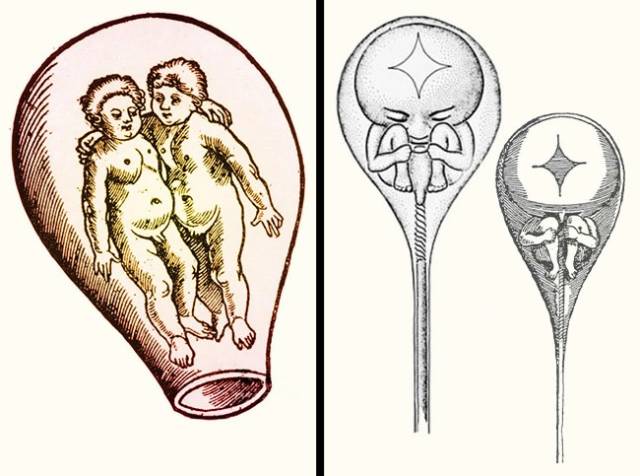
Yes, in the 17th and 18th centuries, scientists really thought this way! More than that, they thought that every baby was already formed and the only thing left to do was to grow up. And women were only seen as “incubators.”
It was only later that people appeared to challenge this opinion. They thought that the origin of life was somewhere in the female body, and the job of the male sperm was to wake life up. As it turns out, none of them were right.
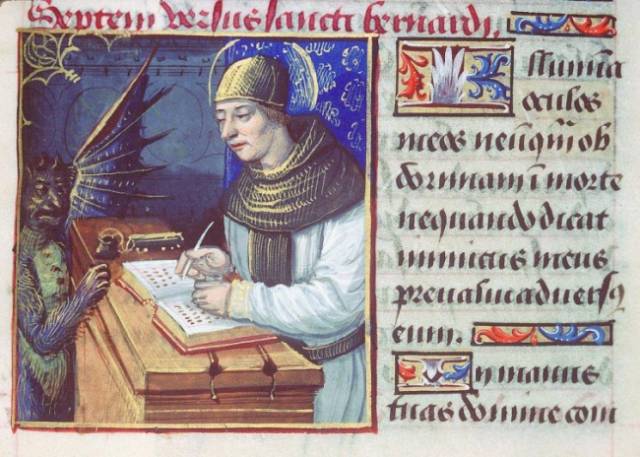
In the Middle Ages, monks served as “printing machines.” They had to rewrite hundreds of books manually. So it’s no wonder that sometimes they made mistakes. Apparently, they didn’t want to admit them, so they made up a special demon called Titivillus.
Thay claimed that the demon collected every monk’s mistakes into a sack so that after the monk’s death the devil could show the mistakes and decrease the chances of being in paradise.
The heart was buried separately from the person
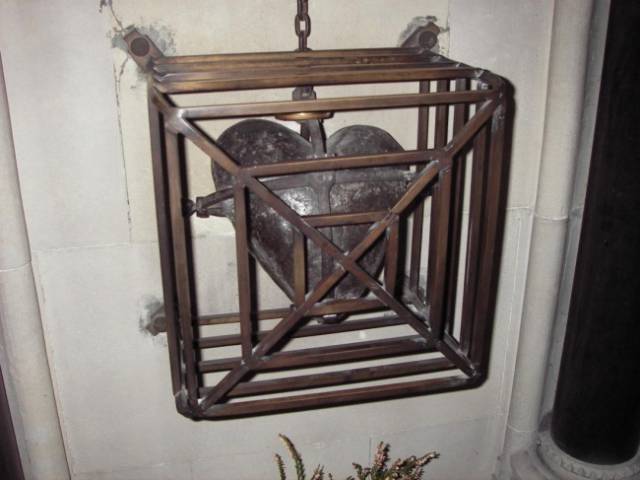
Body transportation was a very hard thing to do in the past. But what were you supposed to do if someone asked to be buried in an important and faraway place for them? In the 10th century, people came up with an idea to cut hearts out and bury them somewhere where they couldn’t bury the person.
Only the wealthy could afford this. Among the people who did this are Anne Boleyn, Richard I, and Frédéric Chopin.
Animals could be on trials
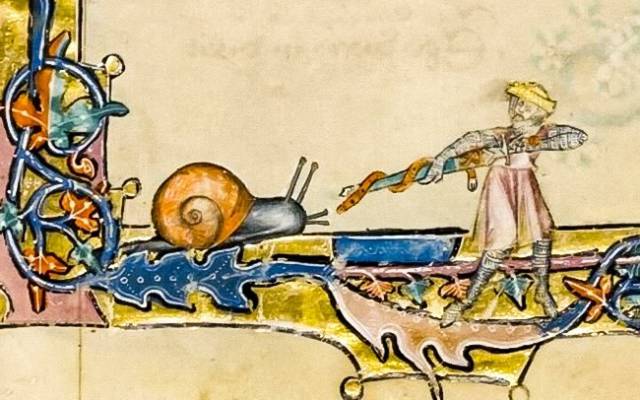
In the past, even animals could be criminals. They could be brought to court with a real lawyer and a judge. They could be sentenced to prison or executed.
Once in Lausanne, caterpillars were subpoenaed to court because they had eaten some plants in a garden. They didn’t show up. Then, the caterpillars were ordered to leave the town and were excommunicated.
Cats were executed especially often because they were considered to be doing the devil’s work. This lead to a significant decrease in the population of cats, so there were a lot of rodents that spread the plague across Europe, which was the real crime!
There was a huge continent in the Pacific Ocean

A long time ago, different nations believed that there was an ancient continent in the middle of the Pacific Ocean that had sunk. It was called different names: Pacifida, Mu, or Lemuria. The legends of The Easter Island serve as indirect evidence and tell the story of a huge island that was gradually going underwater and finally sank.
A gladiator’s blood can cure epilepsy
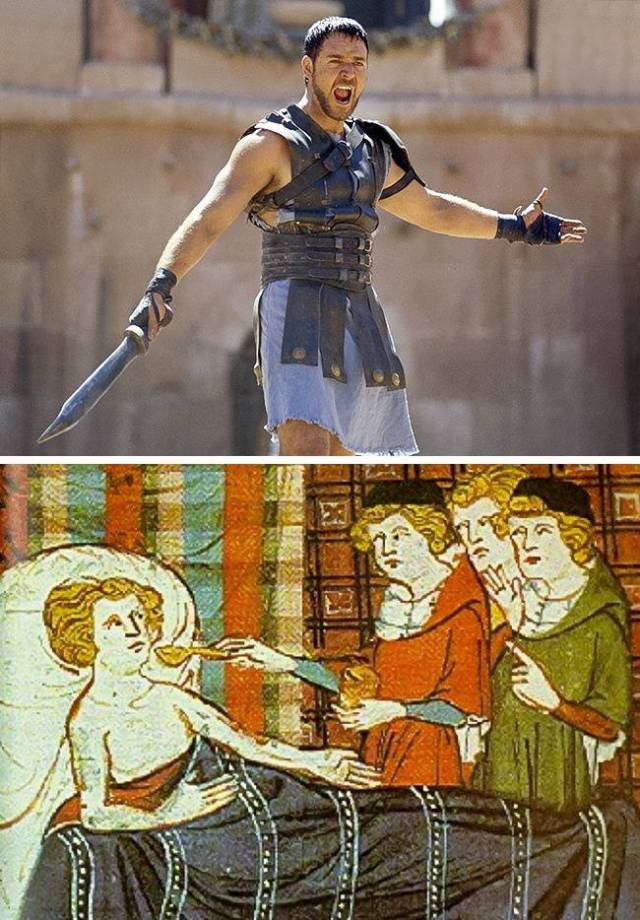
Gladiators of Ancient Rome made blood sacrifices before the fights to the gods that granted them strength and resilience. That’s why people believed that the blood of the warriors had miraculous effects.
Famous Pliny the Elder wrote about this: “Epileptic patients are in the habit of drinking the blood even of gladiators, draughts teeming with life. And yet these persons, consider it a most effectual cure for their disease, to quaff the warm, breathing, blood from the man himself.”
Witches keep male genitalia as pets
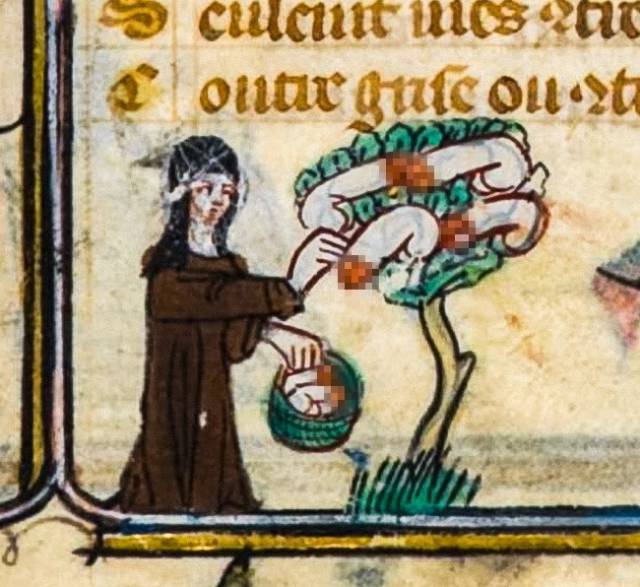
In the infamous “Malleus Maleficarum” it is said that witches steal male genitalia and communicate with them as if they were pets. They put them in nests and feed them.
The strangest thing is that this story is actually based on the Koro Syndrome when patients suddenly feel that some of their organs disappeared. It is no wonder that witches were blamed for this in the Middle Ages.
Evil spirits live in Brussels sprouts

Before cooking Brussels sprouts, some people in Western countries make a cross-shaped cut. They believe that the vegetable is boiled faster this way, but there is actually an origin of this habit.
In medieval Great Britain, people thought that there were tiny demons hiding in sprouts. If a person ate one of them, he or she would get food poisoning. This is similar to bacteria, right? We are not sure if they washed their vegetables, but this was the medieval way of “exorcizing” the sprouts.
Some animals are born on their own

In the Middle Ages, people thought that mold, worms, and insects could simply appear out of nowhere, out of thin air — from trash, dirt, or dust. Well, at that level of understanding biological development, this was the only possible explanation.
However, it’s quite strange that mice and rats were believed to be born this way too, even though it’s quite easy to find out how they are really born.
Bees are birds

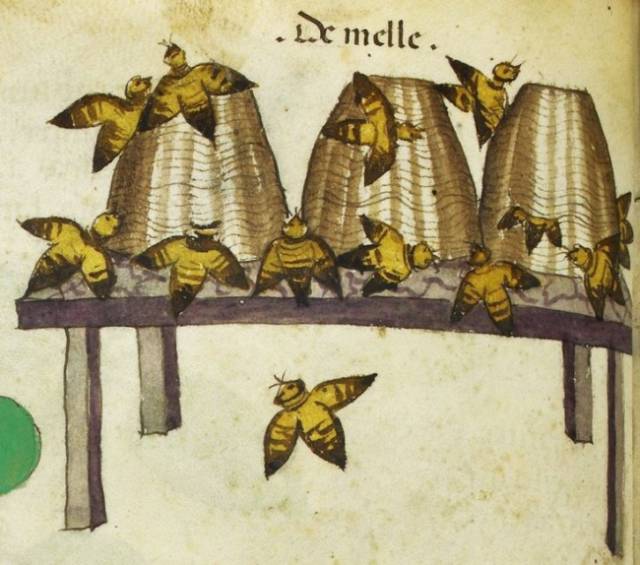
The medieval encyclopedias about animals can be very interesting to read nowadays. For example, bees were considered to be small and very strange birds that didn’t only produce honey but also had wars against other hostile hives. It was believed that if a bee broke the law of its own hive, it stang itself because of guilt and died.
Beavers are fish
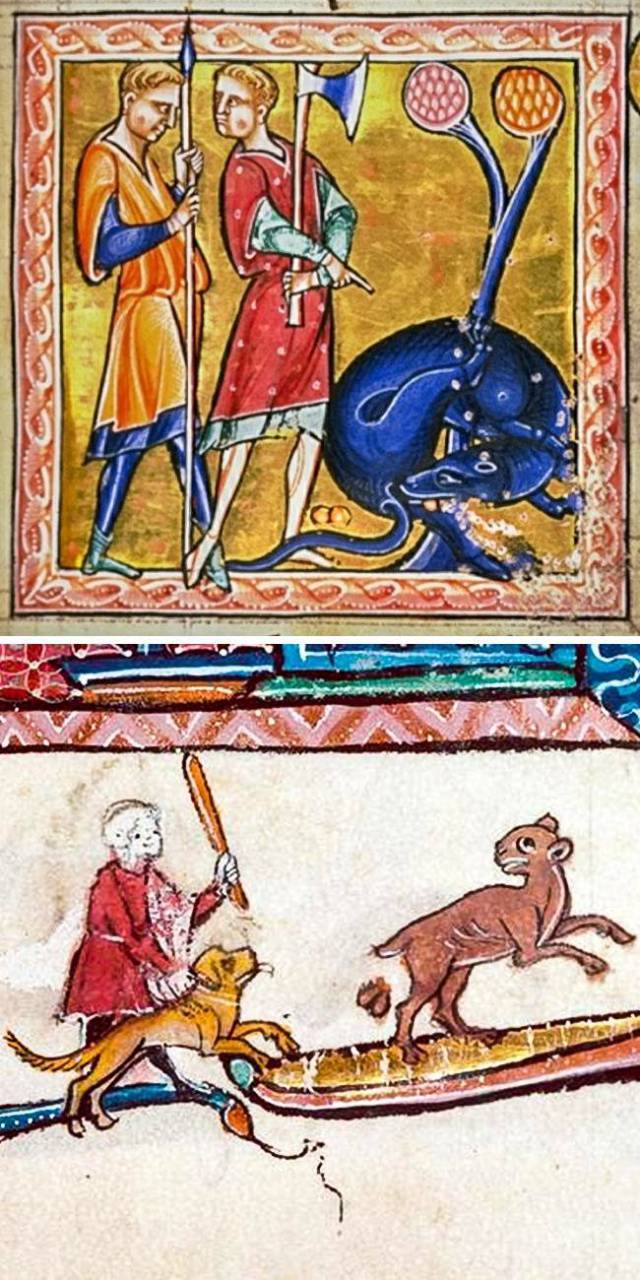
First of all, beavers were considered to be a sort of fish, and their meat could be eaten during fasting.
Secondly, beaver testicles were very valuable in medicine, so people hunted beavers in the Middle Ages. They believed that when a beaver realized that it couldn’t escape from its pursuers, it bit off its testicles and ran away.
This legend has a reasonable origin since beaver secretion is very valuable among perfumers nowadays.
Babies can’t feel pain
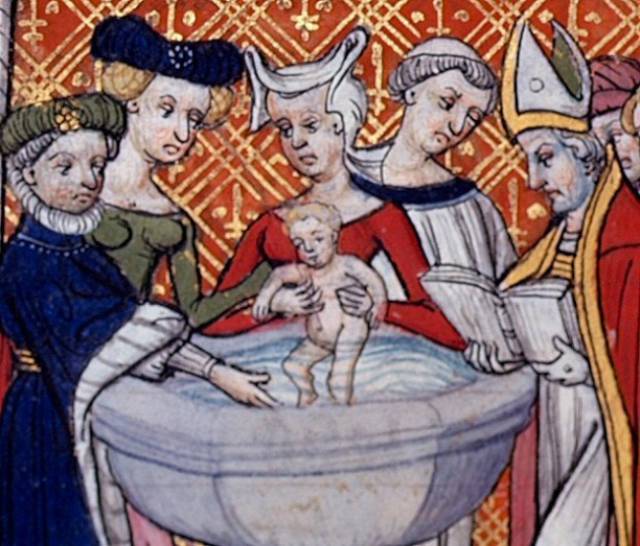
The statement that babies don’t feel pain looks like complete nonsense, but it was proven wrong only 30 years ago. It was believed that babies’ brains were too underdeveloped to feel pain.
So in the past, surgeries on babies were made without anesthesia, and if they cried, people thought it was due to bad behavior.
A certain combination of notes can summon the devil
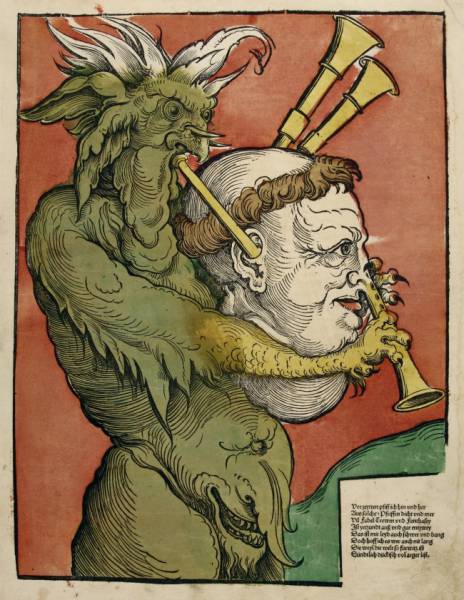
In the Middle Ages, the church prohibited a certain combination of sounds in music — Tritone interval, which are the three tones between the notes. This combination sounded in a devilish way.
If a person was caught playing music with Tritone, they could be thrown into jail.
Grooved teeth make you a good warrior
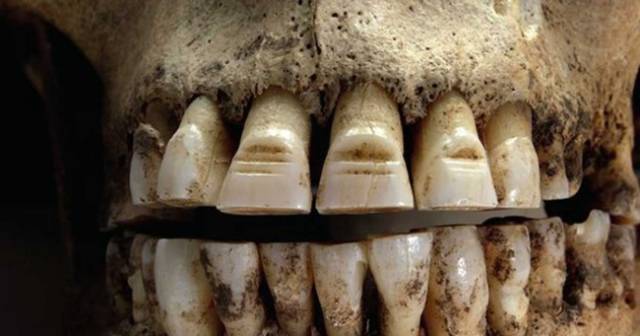
The Vikings grooved and filed their teeth to fight better. However, there is another version: only when a warrior was considered to be elite, he could modify his teeth. So anyone could easily know what the social status of a man was. The horizontal furrows were made by a skilled hand, but it’s still not quite clear whether the goal was decoration or identification.
Our beliefs about the Middle Ages
Even though the Middle Ages seem to be a really dark time, many rumors about them are exaggerated. For example, the rumor about the fact that people only washed themselves once in a lifetime, or that women were not respected and humiliated all the time.
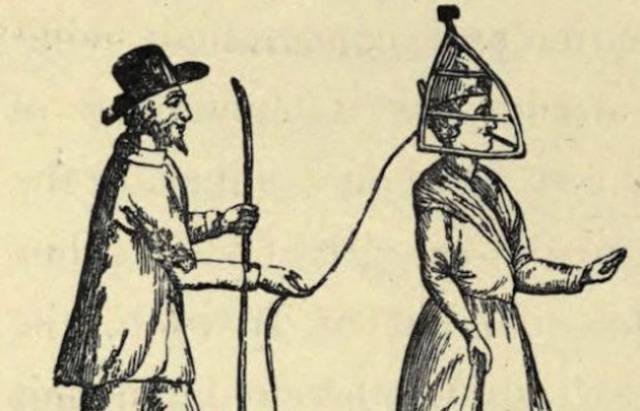
Of course, such things happened, but they were done by second-class people. Their position wasn’t terrible, but they didn’t spend all of their time sitting at home and reading the Bible.
Not all unmarried women ended up in the monastery. Some of them helped their parents and some learned a skill and found a job.
As you can see in the pictures, women could easily do some jobs.
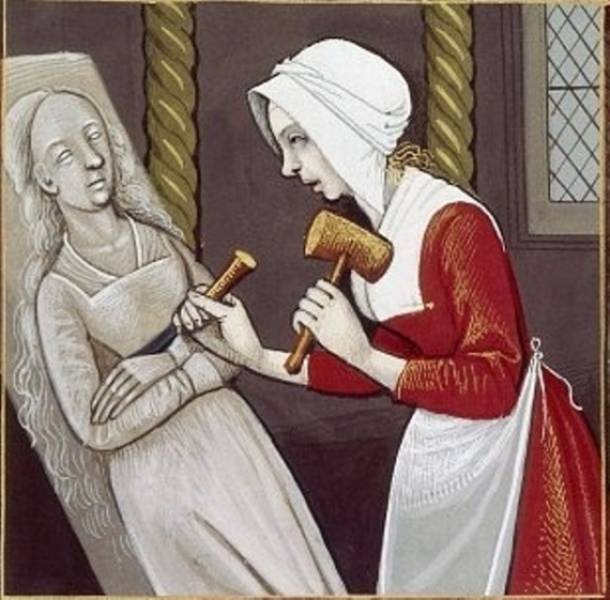
Women worked as rewriters, bookbinders, book sellers, beer brewers, laundresses, and even builders, masons, and glaziers.
For example, here a woman is drawing a portrait:
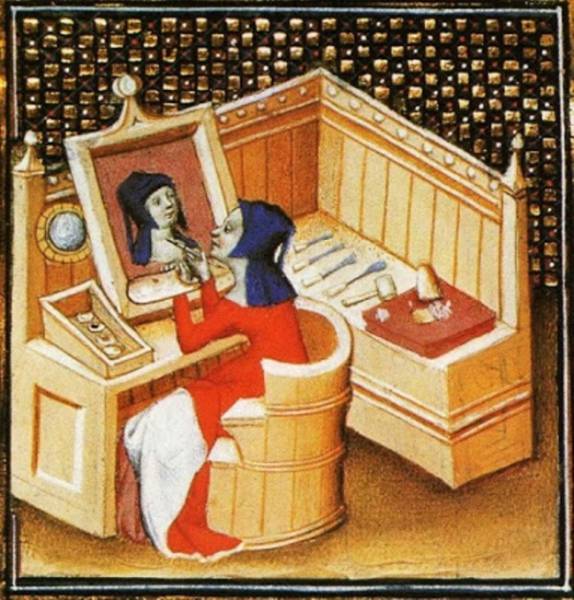

Leave a Comment